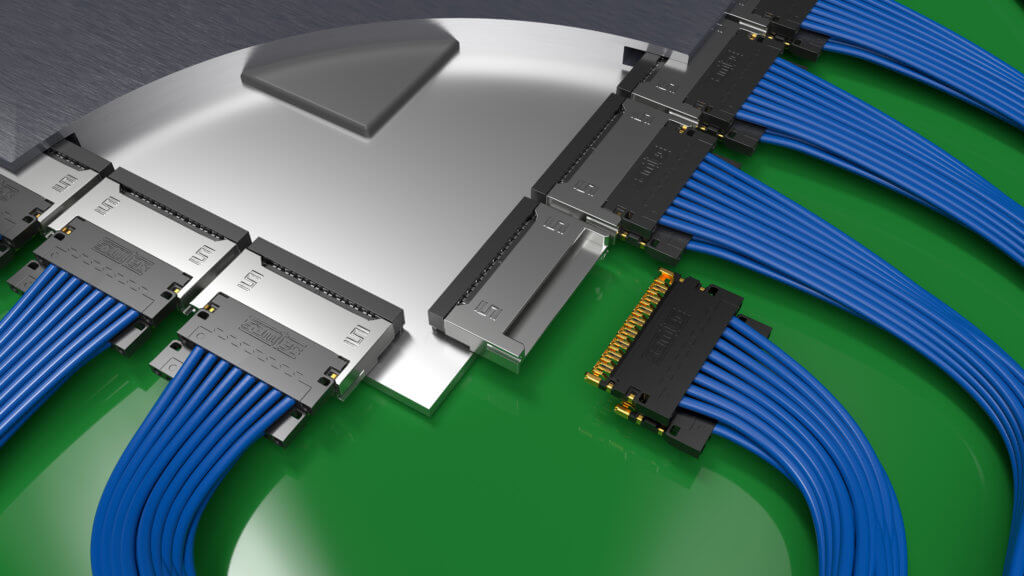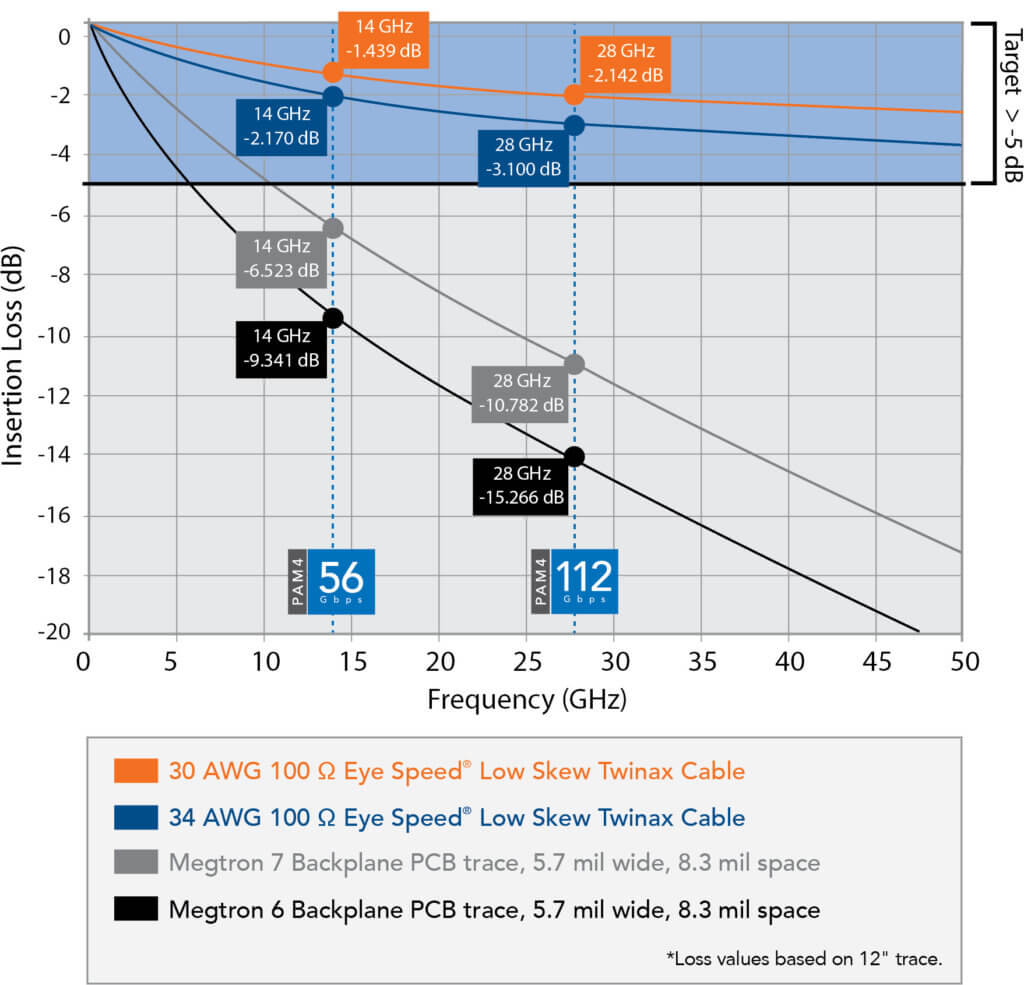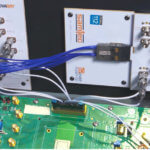
Convergence in technology is not a new idea; it infers that disparate technologies evolve to a closer association or integration over time. Many believe convergence is required for future 224 Gbps PAM4 system performance.
Samtec’s Scott McMorrow and Matt Burns recently authored the article “Convergence: Key to 224 Gbps PAM4 System Design” for Signal Integrity Journal. It’s worthwhile to read the entire article, but if time doesn’t permit, the rest of this blog is a summary of the key points.
Current Demands
There seems to be no end to the demand for bandwidth. Everything from 5G networks, insatiable consumer demand for streaming video, social media, AR/VR, as well as the recent pandemic are pushing bandwidth-limited networks to their limits.
Data Center architects are beginning to roll out servers, switches, and network equipment that support 56 Gbps PAM4/IEEE 200 G system performance. Preliminary 112 Gbps PAM4/IEEE 400 G systems, while they double bandwidth again, are not projected to be available until at least 2025.
Optics are an option, but many chassis, rack, and system solutions would need to be completely rearchitected. Long-term, widespread optical network adoption makes sense, but probably not in this decade.
A Solution For Next Gen Bandwidth
Current PCB-based system architectures offer finite performance and limited trace lengths. Optical-based system architectures are not feasible in the near term. As an alternative, system architects are routing signals through micro twinax cables instead of lossy PCBs. This approach provides lower loss, longer reach, and increase system flexibility.

Click here if you want to learn more about these solutions, which incorporate Samtec Flyover® cable assemblies.
Convergence To 224 Gbps PAM4
Micro twinax cable technology enables 112 Gbps PAM4 data rates. Consistent, reliable 224 Gbps PAM4 performance requires removing as much loss from the signal channel as possible. Are there other lossy signal channel components that can be removed?
Current system ASIC designs support 256 Lanes/512 dynamic paths (DP) of 112 Gbps offering 25.6 TB aggregate data throughput while next-gen ASIC designs double that. Routing hundreds of DPs from larger ASIC packages and BGA breakouts cause nightmares for SI engineers and PCB designers.
Attaching micro twinax cable or fiber optics directly to the ASIC substrate is a possible solution. This approach would help eliminate package and breakout-related losses. However, several disparate technologies must evolve and integrate to achieve the desired channel performance; i.e., convergence. In this case, a convergence of micro twinax cable technology, ASIC design, advanced IC packaging, and advanced interconnect design, is required, to name a few factors.
Samtec Si-Fly™

Samtec’s Si-Fly 112 Gbps PAM4 Low-Profile High-Density Cable System connects high-speed signals directly to the silicon package. This eliminates signal distortion by eluding the BGA and routing the signal from the IC package through long reach cable. Combined with an ultra-high-density design, this product enables an aggregate data rate of 25.6 TB with a path to 51.2 TB.
When measured at 112 Gbps PAM4 with IEEE 802.3ck allowable loss, the copper twinax Si-Fly demonstrates a 22-inch reach compared to the 4.5-inch reach of MEGTRON7 PCB. The system has been designed to support optical connectivity in the future.
Direct Connect™ to the package offers a path to 224 Gbps PAM4 performance. With reduced loss, tradeoffs can be made on reach or performance. Convergence is the key to 224 Gbps PAM4 system design, and 224 Gbps PAM4 capable solutions are “just” a silicon design away.
Please contact the Signal Integrity Group if you want to learn more about Si-Fly and high bandwidth / signal integrity applications. And here’s a video about Si-Fly if you want to learn more.



Leave a Reply